After years and years of reading heated discussions about whether or not they should bring back the 757, I’ve decided to roll up my sleeves and create a Boeing 757 replacement concept of my own. With visuals, of course.
Creating a detailed 3d model of the Boeing 757 replacement concept
Even though I know absolutely nothing about aerodynamics and aerospace engineering, I am an experienced 3D modeler. I also have decent knowledge about what both Boeing and Airbus have done to successfully modernize old airframes in the past. That should be enough to be able to crank out something halfway legit, right?
My plan is to redesign core elements of the existing 757 to bring it up to modern standards. With limits, of course.
For example, as much as I’d love to modernize the nose, I’m not going to touch the fuselage. It wouldn’t be a 757 anymore if I reshaped it, so let’s focus on other key elements that desperately need updating:
- The wings
- The engines
- The vertical stabilizer
- The horizontal stabilizer (maybe)
The important thing to note is that this is NOT an all-new “designed from scratch” design proposal like my Boeing 797 concept was. Think of of more like how I did my Boeing 727-300 concept. With that one, it was more about refining the indifudual components, and not the airframe itself.
With that disclaimer out of the way, here is a breakdown of my redesign process, component by component:
An all new wing
Arguably the most important upgrade for a modern Boeing 757 would be an all new wing. The original was designed in the late 1970s, and (as we all know) there’s not much from the late 1970s that’s worth keeping. No offense to anyone born in 1978 of course.
Anyway, I’m assuming that a redesigned 757 would be an aircraft for long and thin routes. Therefore, the wing needs to be longer, wider, and more efficient than the current design.
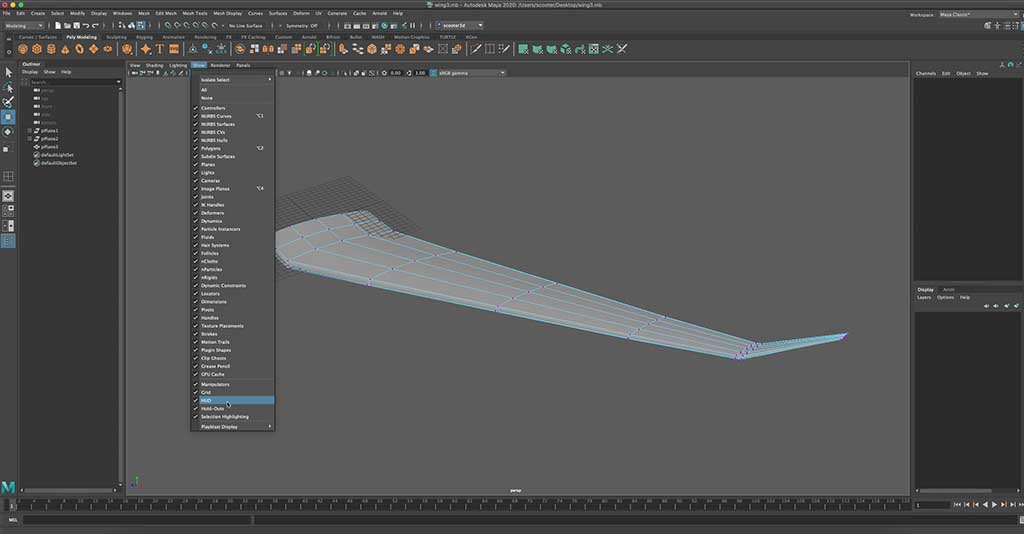
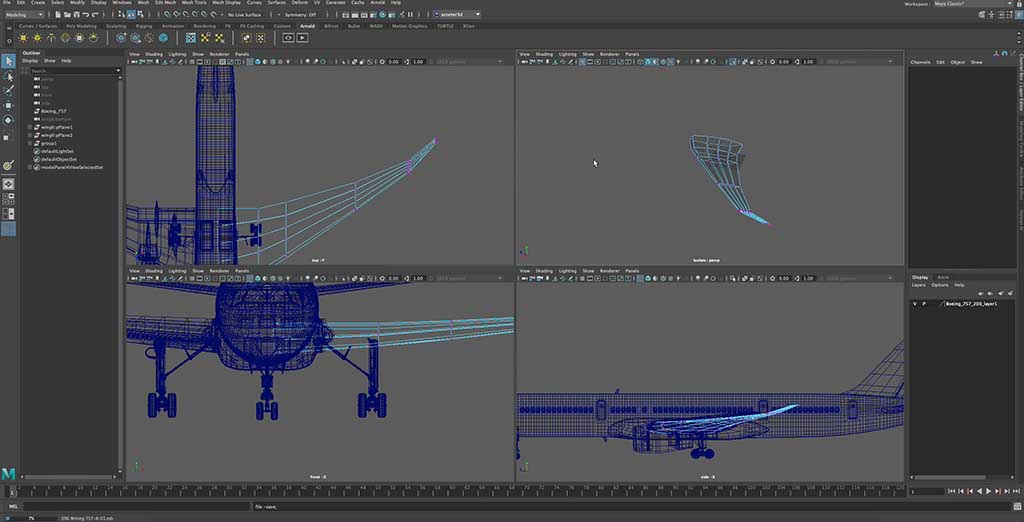
This wing features an Airbus-style winglet, I know, but I like the look of an exaggerated winglet design that accentuates the overall wingspan.
Bigger (and more efficient) engines
Next up are the engines. Hydrogen powered perhaps? Sure. Whatever. All I know is that I want them bigger than the previous Pratt & Whitney option – only because it looks cool.
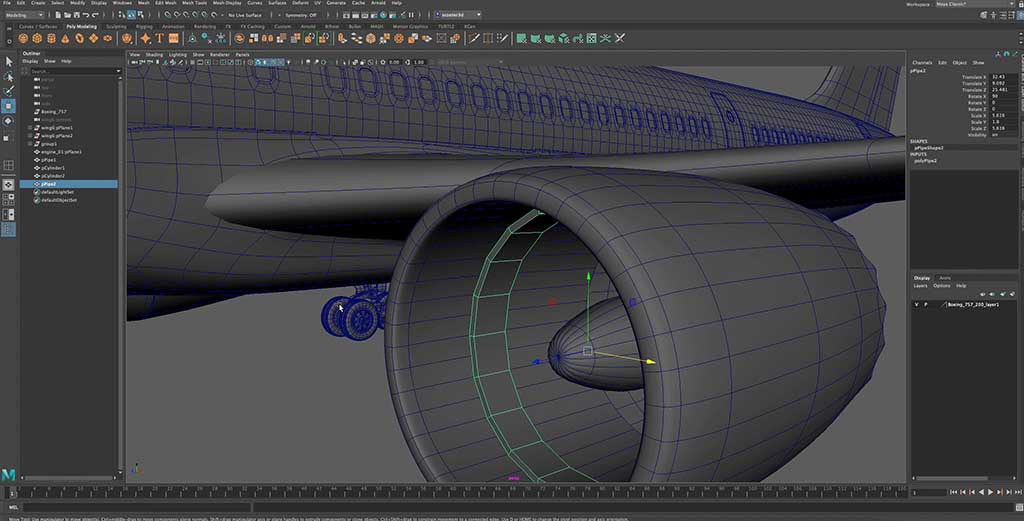
I went back and forth on the idea of adding chevrons to the engine design, and ultimately I couldn’t decide if it looked better with or without them.
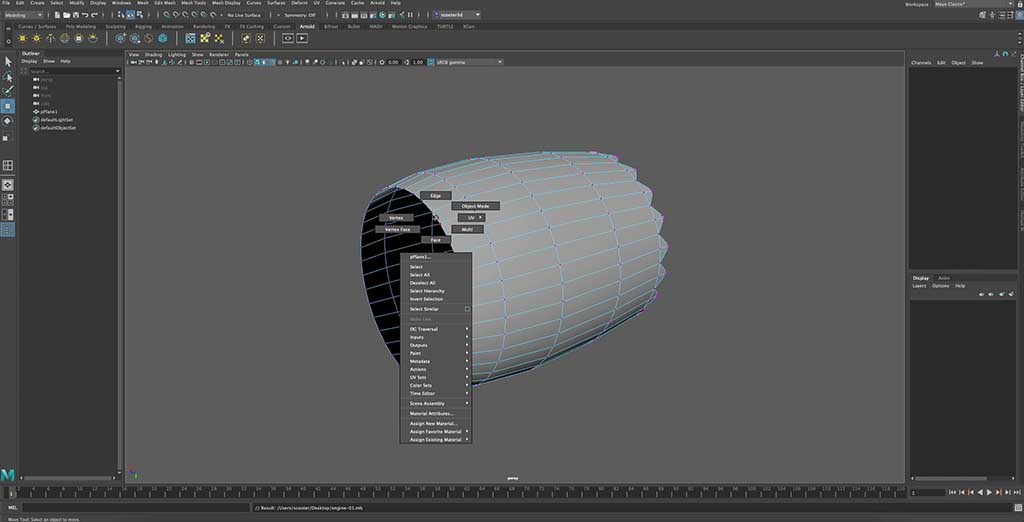
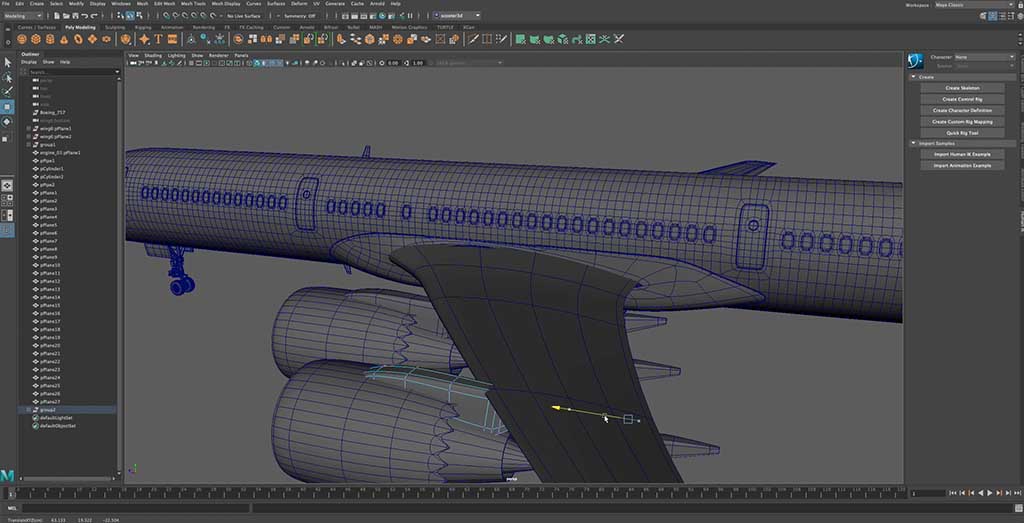
A simplified vertical stabilizer (and other little details)
Next up in this Boeing 757 modernization is the vertical stabilizer. The current one is too short and stubby to efficient on the long and thin routes that a 757-8 would be flying.
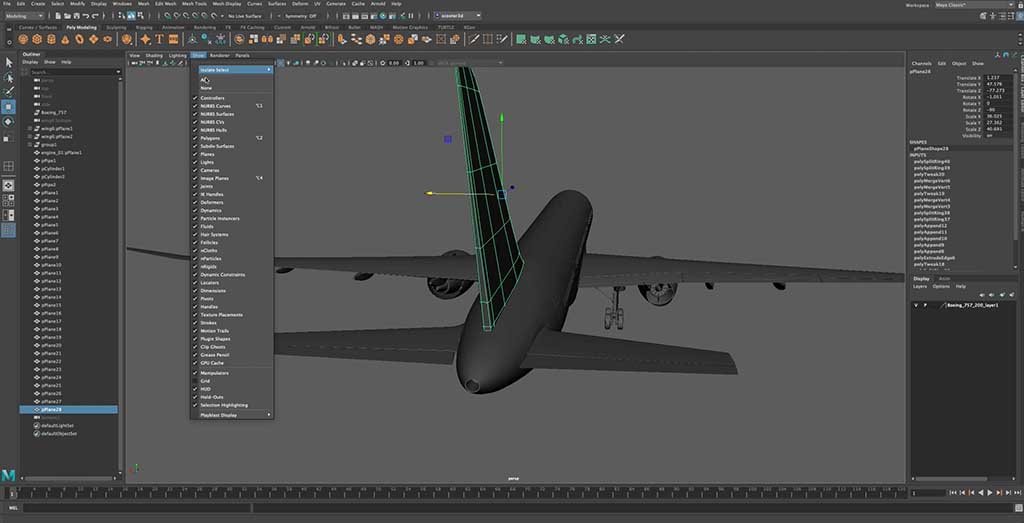
There I go talking like I’m an expert or something. The honest truth is that I just want it to look better. Not only that, who’s to say that my design proposal isn’t anywhere near as efficient as the current design?
And that it would snap off like a twig on a dead tree on it’s maiden voyage? And that I’d be sued for designing unsafe products? And I’d lose my home, life savings, and what little credibility I have left as an aviation blogger?
Moving right along, I think I’ve covered pretty much everything. I’m going to leave the landing gear alone, and there aren’t too many other details worth redesigning from scratch.
Other than pushing and pulling a few vertices here and there, I think I’ve accomplish my goal. Are you ready for the grand reveal?
Concept renderings of the 757 redesign proposal
If there’s one thing I’m not, t’s a show man. Therefore, I present to you the all new Boeing 757-8 without techno music, fireworks, or distracting fanfare:
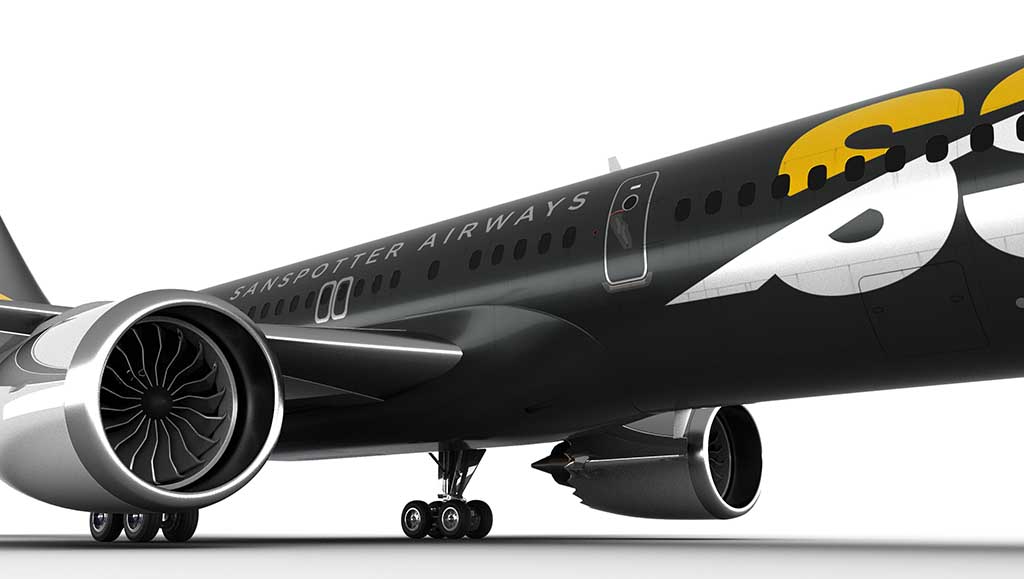
To be honest, I kind of like the idea of a revitalized 757. Even though I don’t think Boeing should (or will) do something like this, it’s fun to put a creative hat on and give new life to objects past their prime.
Unfortunately, there’s only so much that can be done with an old airframe such as this, and pushing this design any further would be more effort than it’s worth.
By the way, below is the video I created for this concept. I originally did this for my SANspotter YouTube channel (hence the SANspotter livery), but decided that it fits better with my Norebbo brand instead:
I do believe that Boeing needs a 757-like aircraft in its lineup, but throwing lipstick on a pig like I did with this concept is not the way to go about it.
In other words, I just spent two weeks in Maya and Photoshop only to tell you that I’ve wasted two weeks in Maya and Photoshop to build a Boeing 757 replacement concept that shouldn’t even be built.
Boeing’s official stance on the 757 replacement
Ending 757 production prematurely was one of Boeing’s biggest mistakes in my opinion. Yes, it may have seemed somewhat logical of the time, given how slow the aircraft had been selling.
However, the commercial aviation market shifted quite significantly just a few years after production ended. Demand for air travel was growing rapidly, and 757-sized aircraft became needed once again.
Airbus chose to satisfy this need with the A321. Boeing, on the other hand, chose to go all-in on creating new variants of the 737. In hindsight, what they should have done was create some new and modern variants of the 757. But what do I know? I just travel for a living.
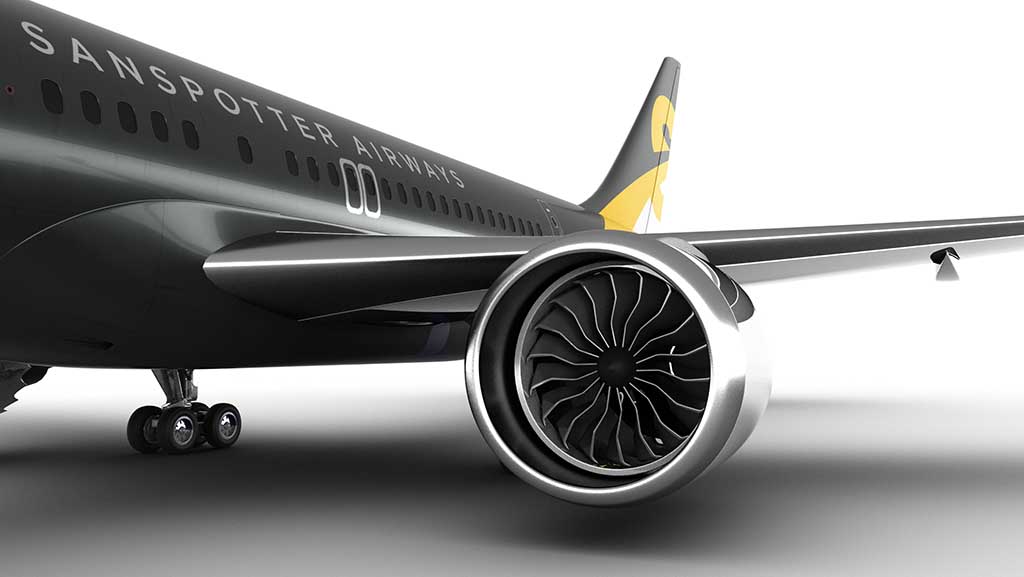
The unfortunate reality is that the 757 as we knew it will never return. Despite the rumors you may have been hearing on aviation hobby blogs and Twitter feeds, the tooling for the original 757 is long gone. Boeing couldn’t restart 757 production even if they wanted to.
However, despite many years of defending their decision to cut it from their lineup, it’s obvious that Boeing is struggling to stay competitive selling aircraft which had the capacity and capabilities of the original 757. They’ve pretty much maxed out the 737 (no pun intended). Meanwhile, Airbus is finding huge success with long-range variants of the A321.
What is the next-generation 757 most likely to be?
As of right now, the Boeing 757 replacement is not the 737 MAX series. It’s going to be the 797, which will likely be offered in a wide variety of configurations.
It is likely to be much like how the original 757 and 767 were designed on the same platform. The flight deck of both aircraft were the same, and from a pilots perspective, the aircraft are nearly identical. Boeing will likely take this approach with it’s upcoming replacement for the 757 – whatever it ends up being.
And if there are any Boeing executives reading this, just know that I’d totally be willing to sell you my 757 redesign proposal for a few billion dollars (give or take). Call me. We’ll do lunch.

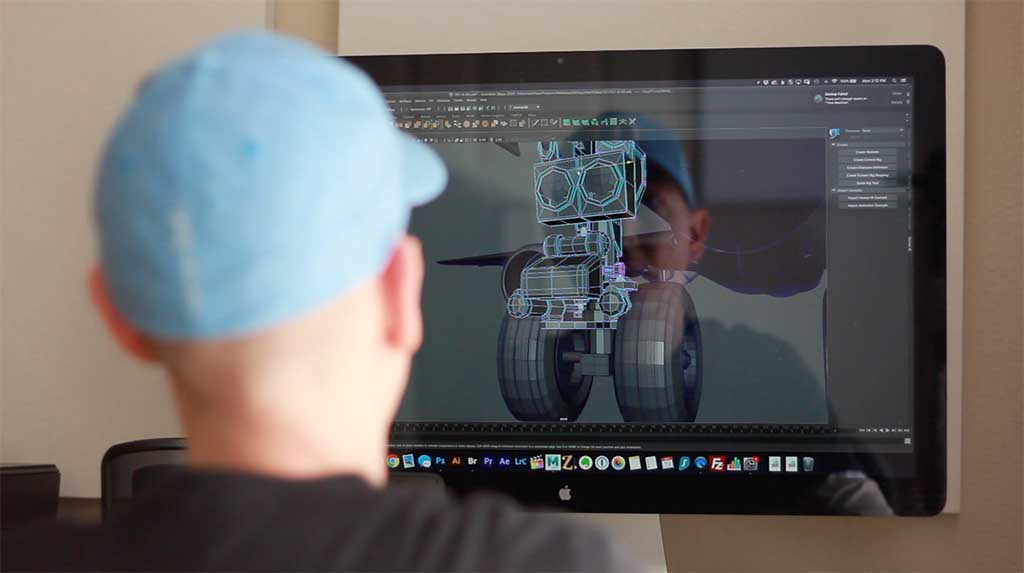
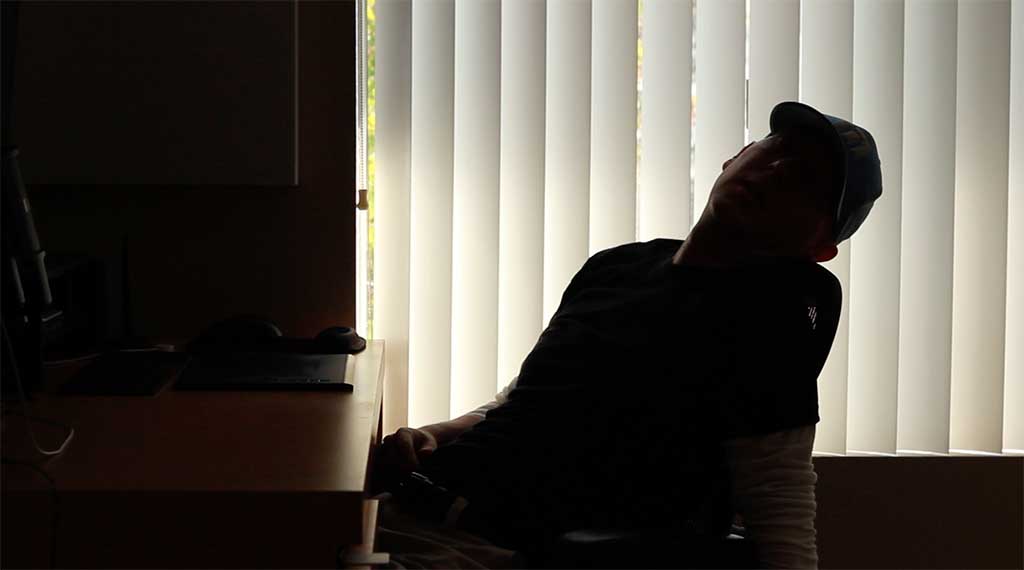
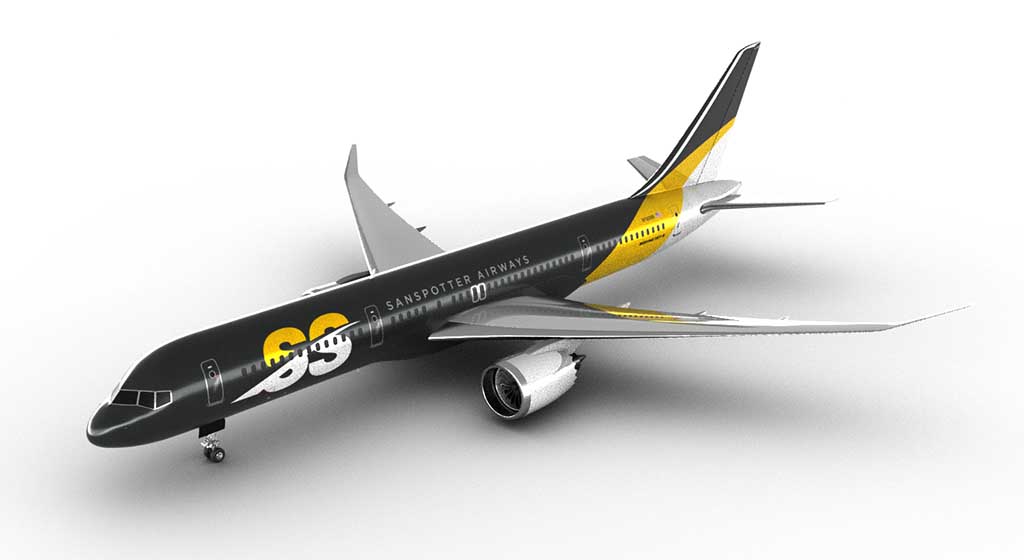
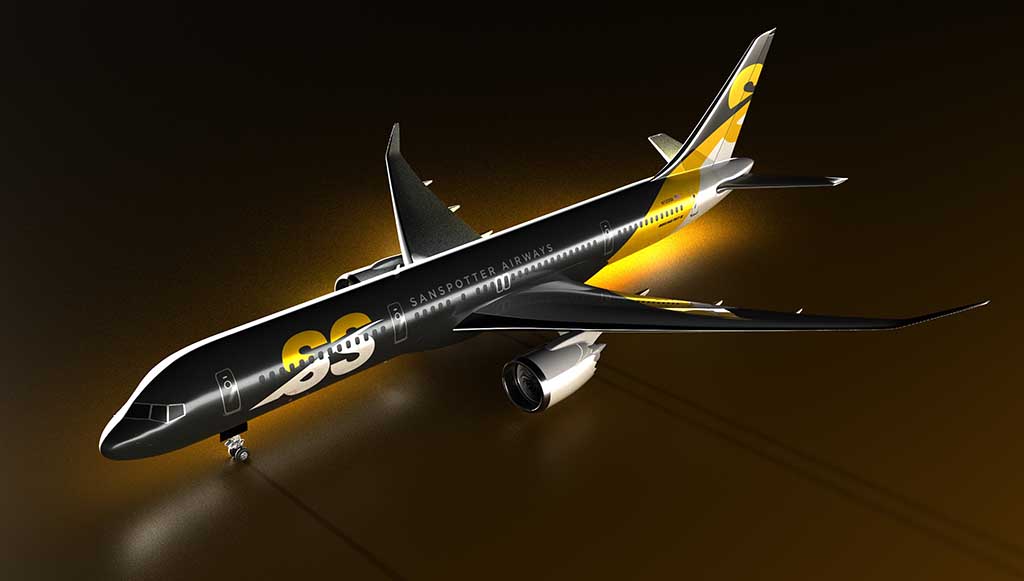
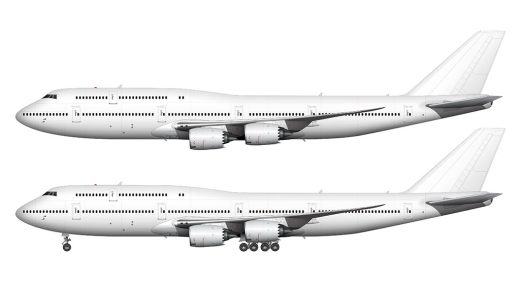
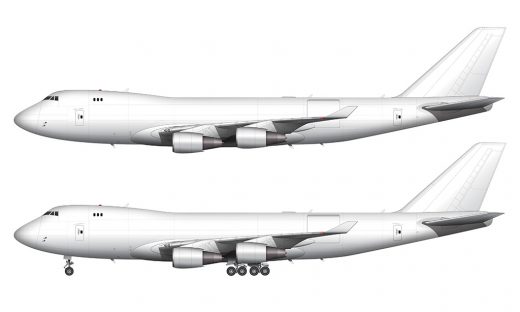

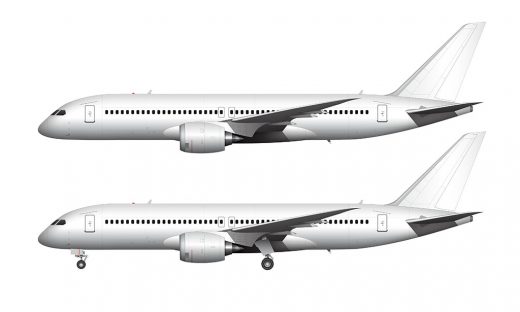
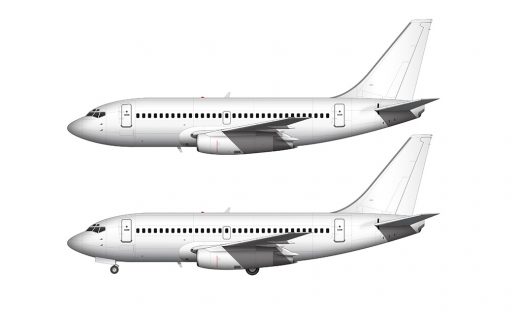
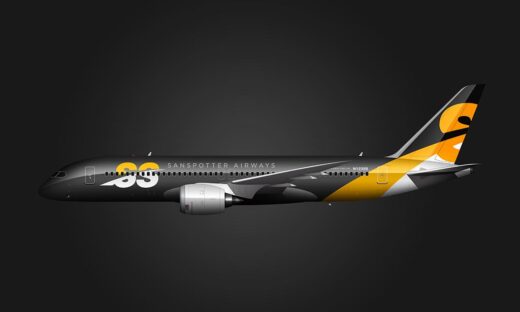
Hi, Scott. Great re-do of the B757. However, personally, I would go for widening the width of the cabin another 16-17 inches. Ample shoulder room is what’s lacking in the single-aisle products.
Thanks! That’s a really good suggestion – it would be really nice to see slightly wider narrowbodies in the future. Just a few inches would make a world of difference!
agree 100% it should be wider. I don’t think we need 16-17 (almost wide enuf to add another seat to each row, which some airlines might actually try). I think 12″ is all that’s needed. Here are my reasons:
Each seat should be 1″ wider at least. Ideally they could add 1″ each to the window and aisle seats, and add 2″ to the middle seats. That means 4″ for the 4 window+aisle seats, and 4″ for the two middle seats. Then 2″ extra width for the aisle. I like the width of the Airbus A321 seats and aisle. The aisle is definitely wider, which allows people to pass easier, and speeds loading as peoples’ carry-ons aren’t bumping the seats in every other row, forcing people to go slower. Then add another 2″ for more gap between the window seats and the wall, plus thicker, better-insulated exterior walls. The A320 fuselage is 8″ wider than the 737, so adding 12″ to the 737 would then give the Boeing product a 4″ advantage. That extra 12″ also creates another 6″+ height in the cargo hold and 4″-6″ more ceiling height in the cabin, which also creates room for larger overhead bins like what we see in the newer A321s. The extra 12″ forces airlines to offer a nicer cabin that doesn’t feel too cramped, a step up from the A320 series, and yet isn’t enough width where the airlines are adding another seat to each row.
Hi Scott, I worked on the 757-300 at Boeing as a Tool Designer. I just wanted to point out that the 757-200 airframe is hand drawn on mylar along with all the tooling. When we were working on the -300 we were told that the tools were to be done in CATIA. We ended up with a mix of hand drawn and digital data. It gave me a chance to break out my old school tools and techniques. I enjoyed working on that project a great deal.
That’s really cool! I had some technical drawing classes in school where we did everything by hand, and I can’t imagine how difficult it would have been to design aircraft that way. It’s almost unbelievable when you really think about it.
I just retired in March from the only US major airline that got rid of all their 757 and 767 a/c. Duh! Very dumb management decision especially in light of 737 Max disasters and the 787 assembly line slowdown. The airline is AA. I flew both 757 and 737 and there is absolutely NO comparison. The 737 Max is a crap airplane compared to 757. Shutting down the 757 was a huge Boeing mistake!!!
I totally agree John! Fingers crossed that the 797 will bring back some of the spirit of the 757.
I love how you kept the basic 757 design. It truly is the most beautiful thing in the sky. It’s good how your art is indicating that we might (hopefully) be replacing the 757 with the 757!
Thanks Jeremy! The 757 is my all-time favorite as well, so it wasn’t much of a struggle to keep as much of the original design as possible.
Boeing needs a totally new narrow body air frame. One that allows for 18 in wide economy class seat like Airbus. That means a 146 in wide cabin. It will be a replacement for both B737 and B757. And best would be various fuselage lengths to cater for 110 to 220 pax in 2-class layout. Ideally with more than 5000nm range like the old narrow bodies of B707, DC-8, VC-10.